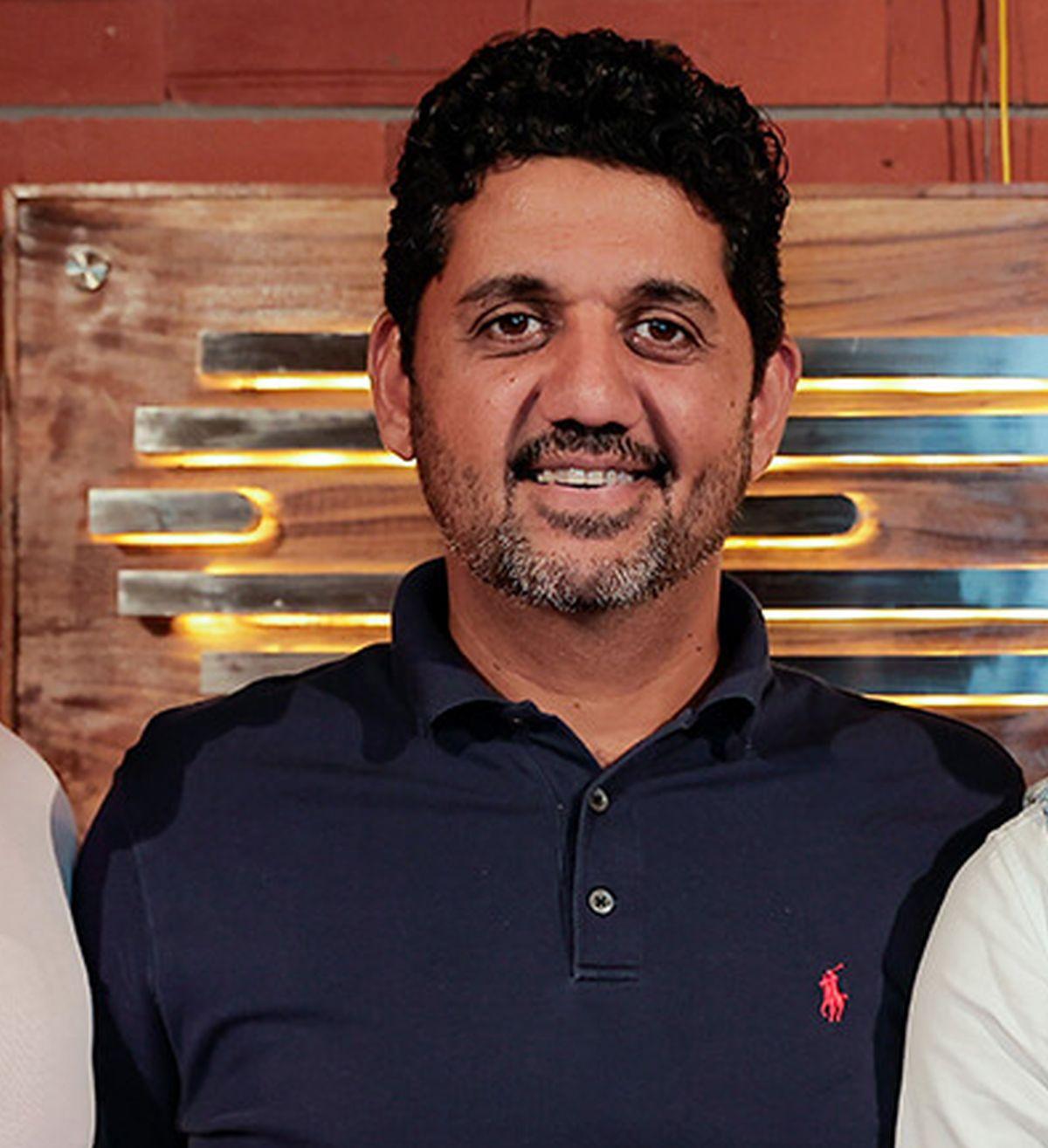‘There’s been interest from multiple states, and exploratory conversations are ongoing.’

Photograph: Kind courtesy Namma Yatri/Instagram
Zero-commission mobility platform Namma Yatri is planning to expand its services to new geographies by collaborating with the government and communities.
Shan M S, cofounder of the platform, in a video interaction with Udisha Srivastav/Business Standard, shares insights on the company’s expansion plans, fundraising timeline and goals, integration with the Open Network for Digital Commerce (ONDC), its push towards green mobility, and the rising scrutiny of the government.
Namma Yatri recently crossed 100 million rides, but most of the traction is from Bengaluru and some southern and eastern regions.
What’s your road map for the rest of the country?
We will be present across India. It’s a matter of sequencing — of which partners and communities come forward and how we collaborate with them.
There’s been interest from multiple states, and exploratory conversations are ongoing. It sometimes takes time for all stakeholders to align, but there’s strong interest.
In the next three to five years, we aim to be present across the country.
What are your plans for expansion?
We’re well known in Bengaluru and Kolkata. In Odisha, we recently launched Odisha Yatri — it’s one of the apps that gained traction quickly.
We’re also hoping for an official launch soon for Kerala Savari. The third app, in Tamil Nadu, is an integrated mobility app currently focused on public transport.
We’ve moved to a partnership-led model, so for cities like Delhi, we hope to bring together the community and the government to launch.
The government is working on a Sahkar Taxi initiative. Have you engaged with government stakeholders to participate in or support this cooperative platform?
It’s a fantastic move by the government. We’d be privileged to get the opportunity to contribute, but it’s still at an early stage.
We can’t speak specifically about this initiative yet, but broadly, we offer highly customisable technology that allows governments to launch their mobility apps without spending heavily.
What’s your stance on the ‘forced tip’ feature? How are you responding to the government advisory on dark patterns?
We appreciate the government’s efforts. We’re the only company that provides details like price per kilometre, waiting charges, pickup charges, and more.
That said, people’s willingness to pay for the same ride can vary depending on urgency and use case. So, we believe pricing should be community-driven from both sides.
Earlier, it was called a tip, but once the issue was raised, we completely revamped the interface and made it purely voluntary.
On dark patterns, I can confidently say we have none. We will conduct an audit and publish a declaration within the given timelines.
You raised $11 million in July 2024. Are there plans to raise more funds?
We’ve had inbound interest, given the strength of our tech platform. We plan to raise funds in the next quarter.
For now, we have a healthy runway and are focused on execution and delivery. Most of the funds will go towards building Linux for Mobility.
Our aim is to create a scalable tech stack that empowers communities, cities, and governments to launch hyperlocal services globally.
Are you planning to introduce new categories like electric vehicle fleet, cargo, or intercity services?
We already offer intercity services. With the Kerala government, we’re working on launching ambulances, and we’re doing the same in Kolkata.
We’ll expand into new categories based on community interest, use cases, and pain points. We haven’t yet explored intercity cargo, but there is interest in urban commercial logistics.
What are your fleet electrification targets?
We’re strong believers in electrification. We operate as a non-profit foundation. Under the Mahila Shakti programme, all autorickshaws provided for free training of women are electric.
As a foundation, we own about 100 vehicles. We will create Namma Labs to drive research on improving electrification in India.
How has your integration with the ONDC platform evolved since its launch?
We were one of the first mobility companies to join the network, back in January 2023. We remain strong supporters, and all our transactions go through the network.
A key development is the integration of public transport on ONDC, which aligns with our multimodal strategy.
Logistics is another pillar of ONDC, so if our partners want logistics services through Namma Yatri, we’ll be in a strong position to enter that space.
Feature Presentation: Aslam Hunani/Rediff




